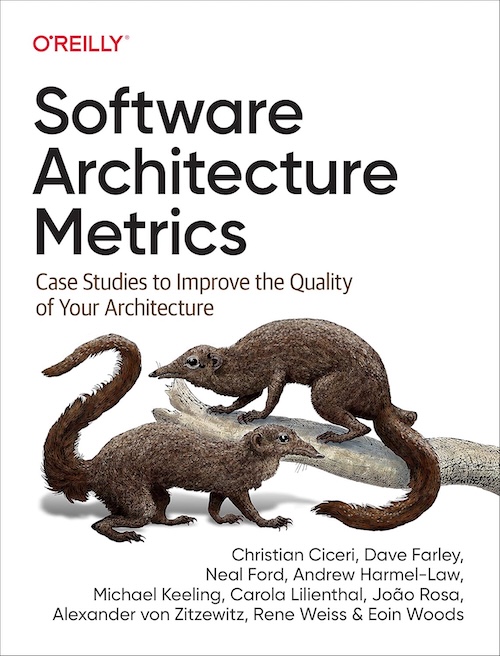Stop Confusing Metrics with Quality
Quality is subjective.
Architecture is judgemental.
So how on earth do we measure it?
Every architecture review, every design workshop, every committee meeting eventually hits the same wall. Someone asks: “But is this actually good?”
We pretend the answer lives in metrics. Response times. Availability. Coupling scores. Maturity models. Dashboards filled with comforting colours. We convince ourselves that if the numbers are green, the architecture is good.
That is the uncomfortable reality: half the time, those numbers are illusions. They tell part of the story.
I’ve witnessed perfectly green dashboards collapse the moment real business pressure appeared.
Two architects can stare at the same design and read entirely different realities. One sees elegant decoupling. The other sees over-engineering. One admires flexibility. The other sees unnecessary complexity.
Who is right? Both… and neither.
We all know that architecture lives in trade-offs, not in absolutes.
So is its quality measurable or not?
The real answer is even more uncomfortable: we can measure constraints, but we cannot automate judgement.
And this is where most organisations get it wrong.
If you remove judgement completely, architecture becomes a spreadsheet competition. The loudest person chooses the metrics. The metrics justify the decision.
Congratulations, you’ve just dressed up politics as engineering.
The HiPPO, Highest Paid Person’s Opinion, does not disappear. They simply bring better charts.
But if you go to the other extreme and replace metrics with “experience” and “intuition”, you create a different problem. Quality becomes personal. Non-transferable. Everything depends on one strong architect. When they leave, the quality leaves with them.
That is not sustainable. That is organisational fragility.
Real architectural quality does not live in either extreme. It lives in the tension between them.
Metrics are essential. They create boundaries. They expose trends. They stop ego from running wild. Architecture fitness functions, dependency checks, performance budgets, DORA metrics, failure rates, these are not optional. They are your guardrails.

If you want to see what these guardrails look like in practice, I highly recommend Software Architecture Metrics 1; where authors make a compelling case that metrics should be treated as vital signals for conversation, not just targets for validation.
But they are not your brain.
A fitness function can tell you that a dependency cycle exists.
It cannot tell you whether breaking it today is worth delaying a strategic launch tomorrow.
Metrics can show increasing complexity.
They cannot understand that this complexity is temporary and tactical, with a deliberate simplification path.
This is where judgement enters, not as a mystical talent, but as a disciplined and empirical reasoning process.
And that judgement must be made visible.
Through architectural decision records.
Through clear principles.
Through written trade-offs.
Through post-mortems that don’t hide the ugly bits.
In fact, you do not scale judgement itself.
You scale the story of how that judgement was formed.
That is how you avoid turning your architecture into a shrine to one individual’s mind.
Now comes the part that makes the business lean in.
The CFO might not care about elegance or purity, but they deeply care about the consequences of poor quality. They see it in:
- Delayed product launches
- Rising incident costs
- Burned-out teams
- Unpredictable delivery
- Increased vendor dependency
That is architectural quality translated into money, risk and opportunity.
Quality is not a bunch of numbers.
But its impact on the business is brutally measurable.
Strong architecture is not loud. It does not need defending every week. It creates calm. It creates speed. It gives teams confidence instead of friction. It reduces drama instead of creating it.
And perhaps that is the most reliable indicator of quality there is: The absence of unnecessary suffering.
Quality was never about a perfect score on a dashboard; it’s about a system that does its job without constantly asking for forgiveness.
By Christian Ciceri, Dave Farley, Neal Ford, Andrew Harmel-Law, Michael Keeling, Carola Lilienthal, João Rosa, Alexander von Zitzewitz, Rene Weiss, Eoin Woods ↩︎